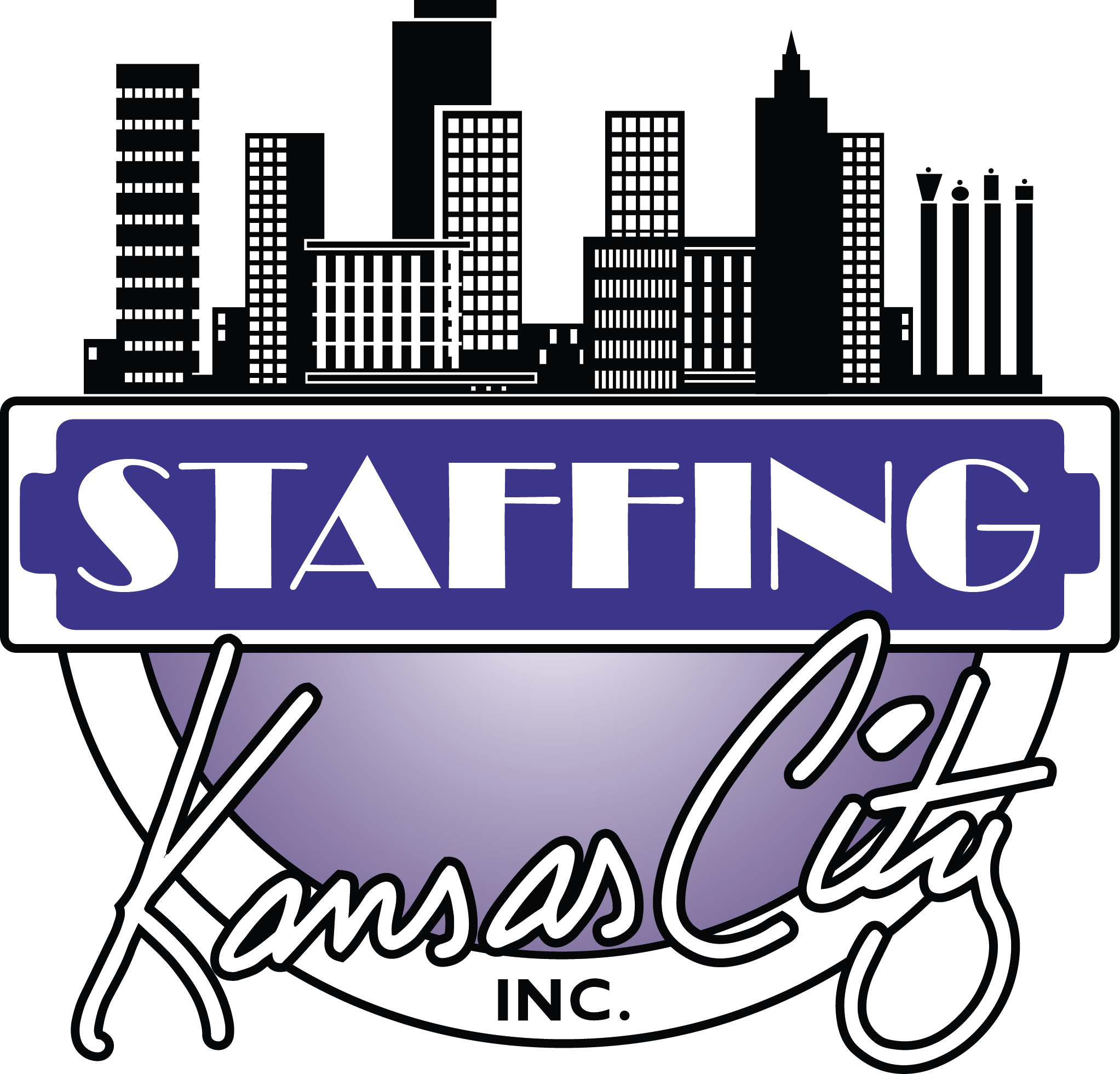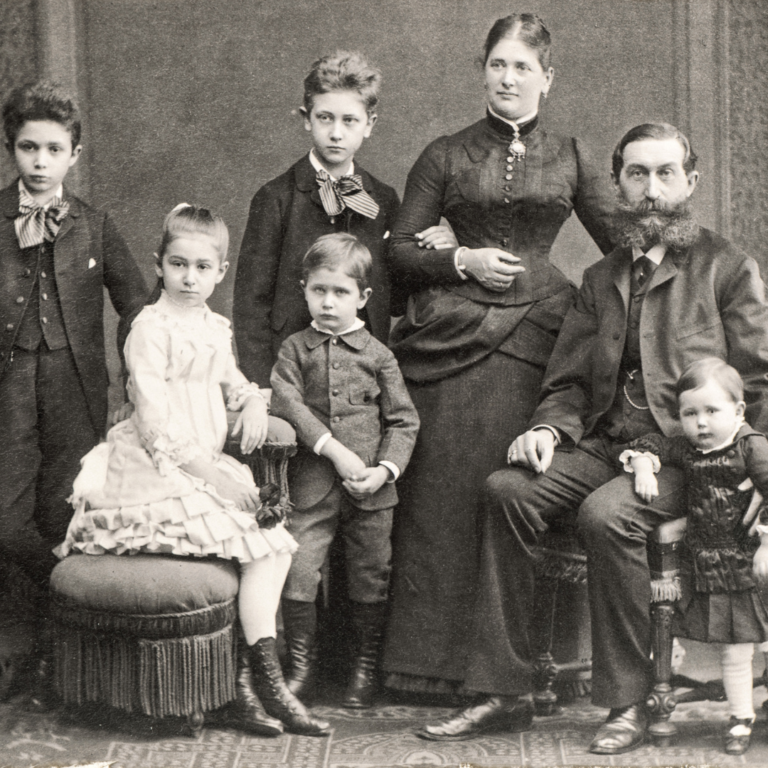
Is your talent acquisition (TA) plan ready for 2025? If not, you’re not alone. While talent acquisition can be an extremely important part of the job recruitment, hiring and retention process, it’s not as straightforward as you might think.
A LinkedIn Talent blog written by Johnny Campbell offered some highlights on how to structure a TA team for success and the importance of having the key fundamentals in place before spending time and money on tools, tech and new processes.
Consider this:
- Talent acquisition is rarely a one-size-fits-all approach.
- What works for one company won’t necessarily work for another.
- TA programs need structure to be strong, effective and efficient.
- A cultivated culture is an essential element of a strong TA plan.
A Plan for Gen Z
As Gen Z begins to play a more prominent role in the workplace, it’s worth noting some of the top priorities and challenges of a demographic who places a premium on job stability. 94% of Gen Z candidates cite job stability as essential when considering full-time opportunities, according to the 2024 State of Early Talent Recruiting Report by Symplicity.
Ninety percent said work-balance plays a key role but view companies naming workplace culture as “family” to be a red flag and a signal of blurred boundaries that will compromise work-life balance. These candidates also expect a speedy job market with the hiring process to be completed within a month. Consistent engagement during onboarding is essential with 61% saying they continue to explore other opportunities even after accepting a position.
Three Pillars of a World Class Talent Acquisition Organization
- Candidate-facing teams – Sourcing, coordination, employer branding and analytics serve as the frontline of the TA organization. Your candidate-facing teams are in place to understand the candidate market, build strong relationships, improve experience and maintain a robust pipeline. Remember, humans lead before tech.
- Business-facing teams – This is the bridge between recruitment and business needs. These teams also play a role in developing and keeping talent through internal mobility, upskilling and workforce planning.
- Centralized/shared functions – Consider this as the backbone of TA – the support and the tools to ensure recruitment processes run well and that your brand stays on target.
LinkedIn
Strong job recruiting practices are critical to help find and keep the right team members. Contact Staffing Kansas City to learn how they can help boost your TA plan for 2025 and beyond.



